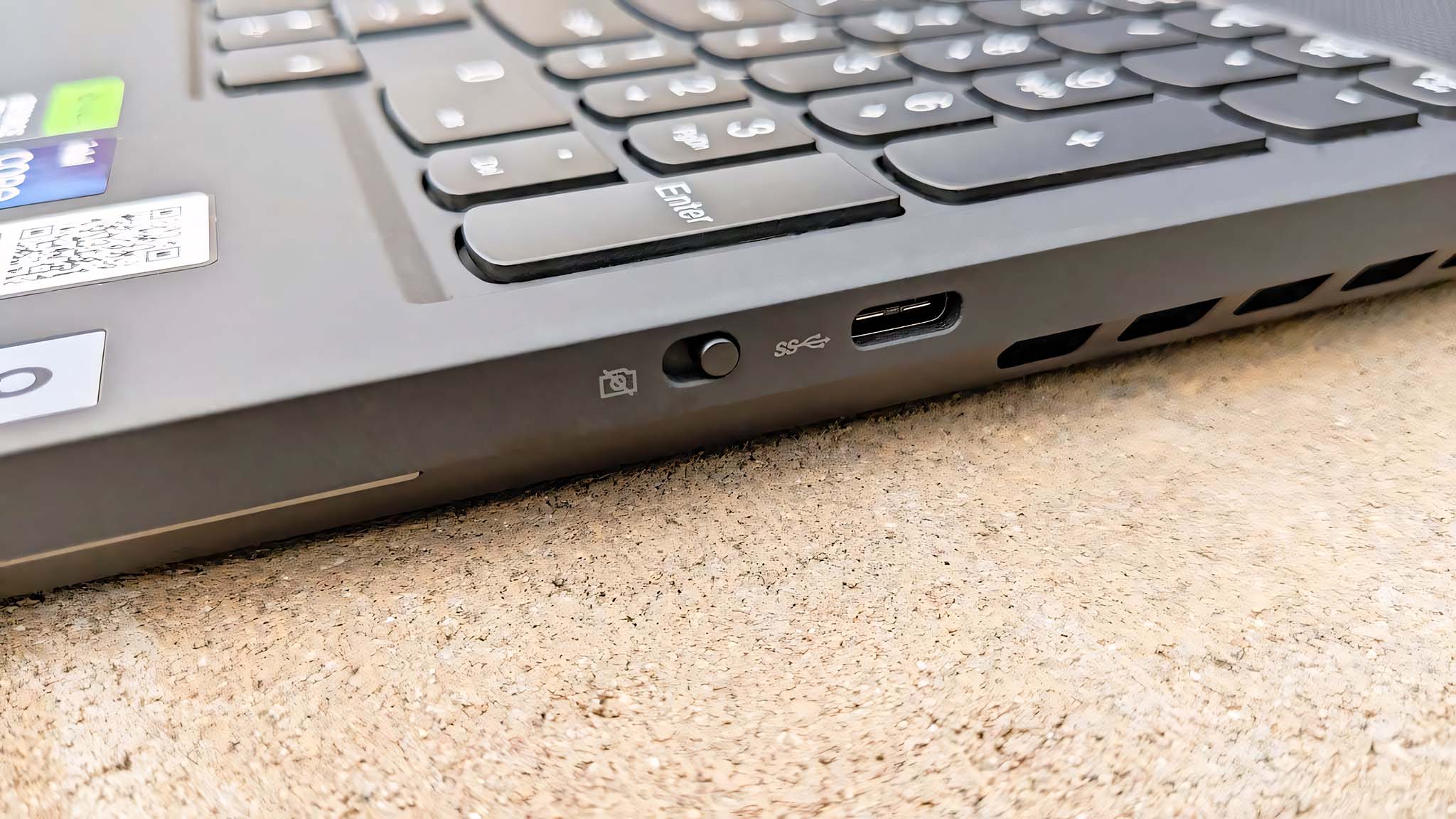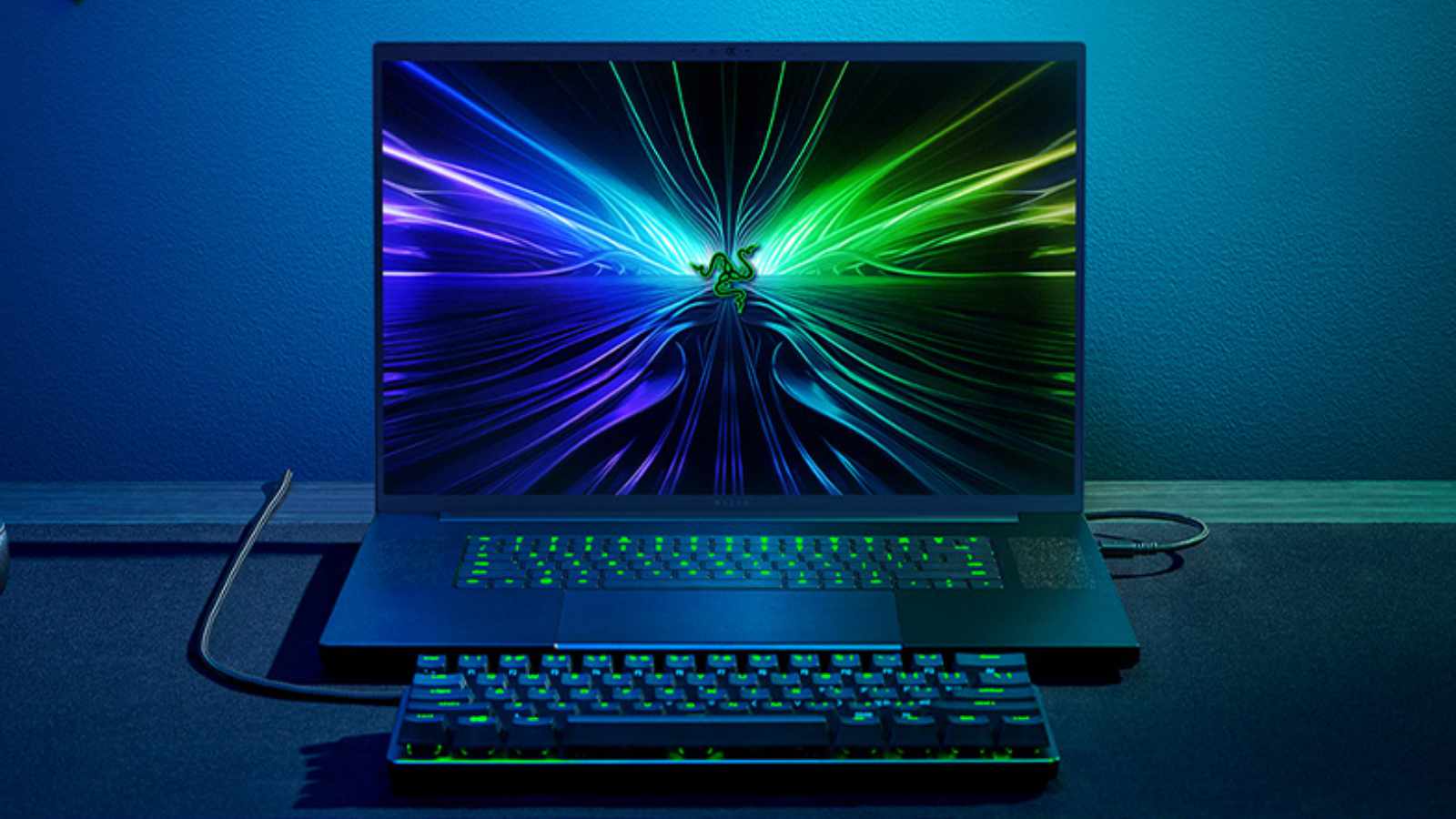
What you need to know
- Microsoft started testing support for 80 Gbps transfer speeds on Windows 11 through USB.
- Support for USB 80 Gbps will first ship with select systems with Intel Core 14th Gen HX-series mobile processors.
- The change began rolling out with Windows 11 Build 23615, which became available to Dev Channel Insiders late last week.
Microsoft shipped Windows 11 Build 23615 to Insiders in the Dev Channel last week. That build made headlines due to a controversial addition that has Copilot open automatically when Windows starts on widescreen devices. But that anger-inducing test of the new Copilot default wasn't the only thing to ship with Build 23615. Microsoft also added support for USB transfer speeds of up to 80 Gbps.
That bump in transfer speed support will bring Windows 11 in line with USB 4 Version 2, also known as USB 80Gbps, which is a major update to the latest USB standard. USB 4 Version 2 is fully backward compatible, so no one has to worry about older accessories failing when attached to PCs that support the updated standard. Instead, USB 4 Version 2 will bring new capabilities to PCs that support it.
Microsoft explained the importance of USB 80 Gbps in its blog post on the latest Dev Channel build:
"We are excited to announce support for the latest generation USB standard, USB 80Gbps, in this build of Windows. USB 80Gbps support will initially launch on select devices based on the Intel Core 14th Gen HX-series mobile processors, such as the new Razer Blade 18.
This is the first major version update of the USB4 standard and increases performance to 80Gbps from 40Gbps. It enables the next generation of high-performance displays, storage, and connectivity. It is fully backwards compatible with peripherals built for older generations of USB and Thunderbolt™ and works alongside all other USB Type-C features."
What is USB 4 Version 2.0

USB 4 Version 2.0 is a bit of an odd name. You'd think that a second version of USB 4 would be USB 5, but that's not the case. Instead, USB 4 Version 2.0 is a standard that has double the bandwidth of the original USB 4. That increase brings USB 4 Version 2.0 to 80 Gbps of bandwidth.
Utilizing the entire bandwidth of USB 4 Version 2.0 will be relatively rare on devices for a while. Thunderbolt 4 is capped at 40 Gbps, but Thunderbolt 5 has 80 Gbps transfer speeds. The newer Thunderbolt 5 can also reach up to 120 Gbps in Bandwidth Boost mode.
You may ask yourself, who needs 80 Gbps transfer speeds? Are people transferring one of the best PC games every second? While that's possible, the improved bandwidth more than likely will be used for multi-monitor setups and external GPUs. USB 4 Version 2 support also allows for tunneling of DisplayPort and PCI Express. It will likely be a while before people fully utilize the increased bandwidth.
As highlighted by Microsoft, the Razer Blade 18 will be among the first devices to support 80 Gbps transfer speeds through USB. Razer only teased the Blade 18 alongside its full announcements of the Blade 14 and Blade 16. That tease shared that the Blade 18 will have an 18-inch 4K 165Hz display and support for Thunderbolt 5. But Razer shared few other details, apart from the promise that the Blade 18 will be a "game-changer."







